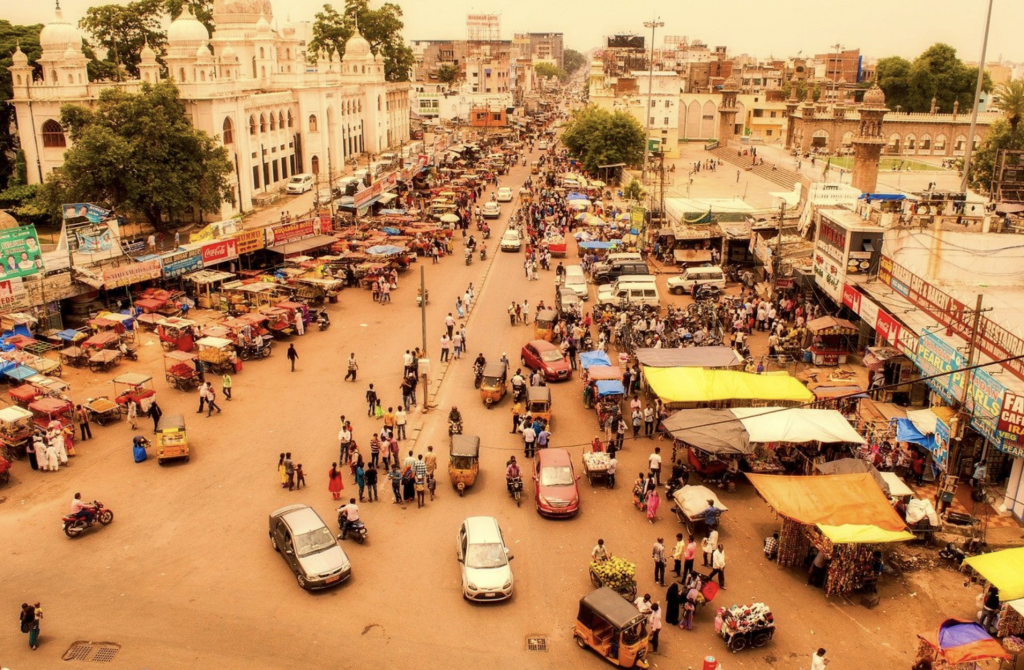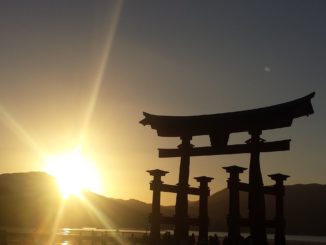
The significance of soft power has increased in contemporary power politics. Power is considered as the ability to influence others where hard power is associated with coercion the soft power of a state depicts its ability to persuade others. The term ‘soft power’ was coined by Joseph Nye when he described this process as persuading others “to want the outcomes that you want” instead of coercing or ordering others to do something. A country’s culture, foreign policy, and political values contribute to the soft power projection of a state. A new concept of smart power, which is a combination of both hard and soft power approaches applied to diplomacy, has also emerged. Reliance over only one form of power is not adequate, so smart power implies different tactics of diplomacy and power projection.
The Art of communication and negotiation has evolved over time. Initially, the traditional diplomatic practices involved only state-to-state interactions but with time new concepts emerged and public diplomacy is one of them. In traditional diplomacy, the aim is to exert influence on foreign government but in public diplomacy, the main target is the foreign citizens who would indirectly influence their own countries’ policies. The term of public diplomacy was coined in 1965 by a retired American diplomat, Edmund Gullion, who applied it to the process of international engagement. This term was used as an alternative for the term ‘propaganda’ which aimed to change the public perception or opinion. This term was popularized in America due to the positive connotation associated with it and it just rebranded the term of propaganda. In public diplomacy, the state representatives try to engage with the foreign public to influence their perception regarding their own country or to promote their own interests and values. During Cold War, the USA successfully used this type of diplomacy to counter the Communist influence by influencing foreign public perception. The Americans were able to attract the foreign public through its exotic culture portrayed by Hollywood and liberal political values. The success of American public diplomacy in Cold War provided an impetus to this approach and it was adopted by other states.
India has effectively used public diplomacy as a tool to brand itself as the ‘largest democracy’ and ‘Incredible India’ in front of the world. India has embraced public diplomacy initiatives to enhance its brand image as an attractive destination for economic investment, trade, and tourism purposes. The successful nation branding has contributed to the economic growth of India during the last few decades. The rise of China is the foremost reason for the haste to develop capacity in public diplomacy. New Delhi triggered calls for a similar effort was caused by the Chinese “charm offensive”. Through the effective use of public diplomacy, the Indian government has been able to mask domestic political and social issues by portraying an image of a secular, democratic, and culturally diverse country. India is portraying the image of its vibrant and exotic culture to attract the foreign public and audience.
The initiatives aim to wipe away or mitigate the negativity associated with India due to the presence of domestic issues like inter-sectarian and inter-communal violence, poverty, human rights concerns. In response to counter the negativity, the Indian government is using public diplomacy as a tool to present a positive brand of the country. The effectiveness of such initiatives is such that despite all the domestic issues India has been ranked 41st in Soft Power Index. Under the leadership of Modi, India’s digital diplomacy has excelled. The initiative of using social media platforms to engage with the foreign public has proven quite successful. Similarly, the Indian culture can project a soft and positive image. According to the international polls. conducted by SP30, India is ranked 23rd in the category of culture. The foreign audience has been influenced by the Indian culture promoted through Bollywood, cricket, and other government initiatives to promote the Indian culture like the Incredible India Campaign.
India’s new public diplomacy is a response to other Asian nations’ recent attempts to build and influence soft power, especially China. The idea also stems in part from a fear that India’s regional standing is not as strong as it might be, and it demonstrates a new elite obsession with technology-based solutions for political problems. India is investing in technology in order to remain competitive in the “arms race” for soft power. According to some authorities, social media is reshaping political tradition.
Indian funding for public diplomacy is partly a response to concerns over the purported development of Chinese soft power and partly a result of a shift in the foreign policy elite’s perceptions of the applications of new social media. India has always sought to portray itself as a significant regional actor with hegemonic ambitions in the area. India is on the verge of acquiring soft power to achieve these hegemonic ambitions. Despite India’s atrocities in Kashmir and the fragile position of minorities in the nation, India has maintained its image as the world’s biggest democracy and a secular, culturally diverse ‘Incredible India’.
Successful international relations are highly dependent on the efficacy of diplomatic techniques. Diplomacy’s function has changed dramatically during the past several decades. Foreign public opinion is now as influential as domestic public opinion. Diplomats and foreign policymakers are not only responsible for advancing national interests, but also for projecting a soft and good image of the country to the international audience. Sustaining this image and brand is a result of the company’s efforts to create a positive picture of India via Bollywood and cultural diplomacy to conceal the country’s harsh reality. India’s country branding strategy has resulted in an increase in international investment. Nation branding is critical in today’s globe and the function of public diplomacy in bridging countries in the age of economic globalization is growing in importance.
![]()




Be the first to comment